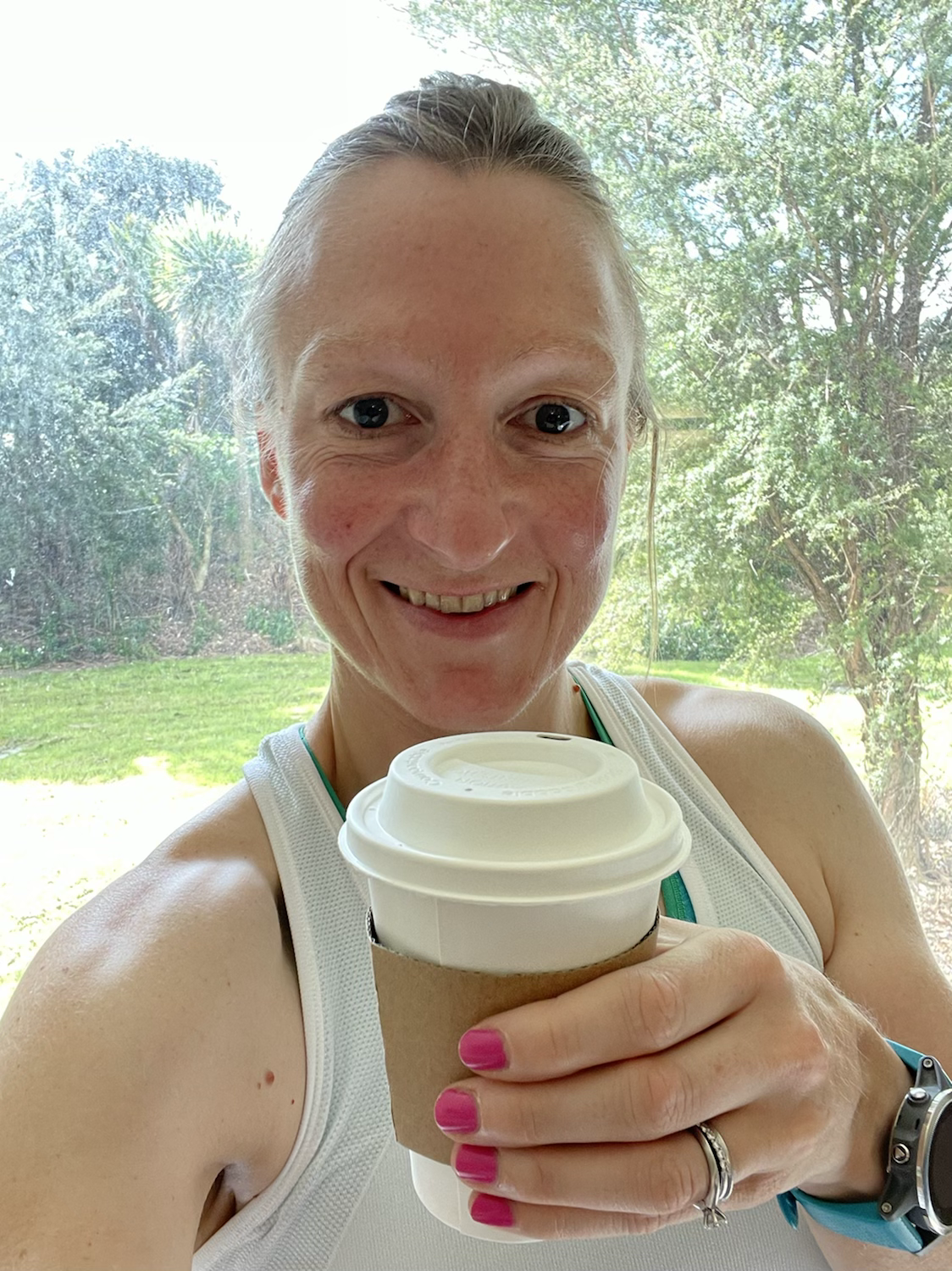Diastasis Recti
- Carla

- Mar 12, 2021
- 2 min read
Updated: Apr 10, 2021

Your abdominals are made up of your rectus abdominis - the six pack muscles, your obliques - the muscles you engage when twisting through the core and your transverse abdominis - the deepest of the core muscles and whose primary function is to stabilise the lumbar spine and pelvis before movement of the legs and arms occurs.
When pregnant the abdominal wall muscles along with the connective tissue that holds them together need to relax and stretch to allow your baby to grow. This is essentially what Diastasis Recti is.
This will happen to up to 100% of women during pregnancy so it is totally normal!
Signs that you may have Diastasis Recti:
1. A ‘mummy tummy’ or ‘pooch’ 2. Bulging or doming in your stomach / down the mid line 3. Lower back pain 4. Poor posture
Diastasis Healing:
For some women the muscles and connective tissue heal relatively quickly by themselves but some of you may need a little extra help along the way.
When working on healing your Diastasis Recti the emphasis should not only be on trying to close the gap but also on trying to create tension within the gap. You can be fully functional and still have a gap as long as you can create the right tension to control changes in intra abdominal pressure.
My top tips for helping to heal your Diastasis Recti:
💦 Good hydration
The connective tissue (collagen) which helps hold the muscles of the abdominal wall together is made up of 60% water so to help with healing we need to stay hydrated.
Try to drink a minimum of 2L of water per day. If you get bored of drinking water then try green tea/herbal teas or one of my favourites is hot or cold water with juice of half a lemon.
🥗 Good nutrition
We need protein (the building blocks of organs, muscles, skin and hormones) to help rebuild the connective tissue and muscles. Examples could include eggs, chicken breast, greek yoghurt, broccoli, lentils.
I’m not a fad of diets of any kind but if you can stick to unprocessed home cooked foods this is a great start to making sure you are eating well.
🏃♀️ Movement and Rest
The right kind of movement at the right time.
To rebuild and strengthen muscles and connective tissue they need to be moved and put under load (when you are ready and with the right technique).
During my Postnatal classes we look at various exercises that can help heal Diastasis Recti.
The size of your gap and more importantly how well you can create tension in your gap by employing good posture and breathing techniques will determine the best exercises for you at a given time. This is why I screen all my new clients and check for Diastasis Recti and pelvic floor issues so we can make sure you do the BEST type of MOVEMENT for YOU.
If you would like any further information about Diastasis Recti or my Postnatal Fitness classes please do get in contact.








Comments